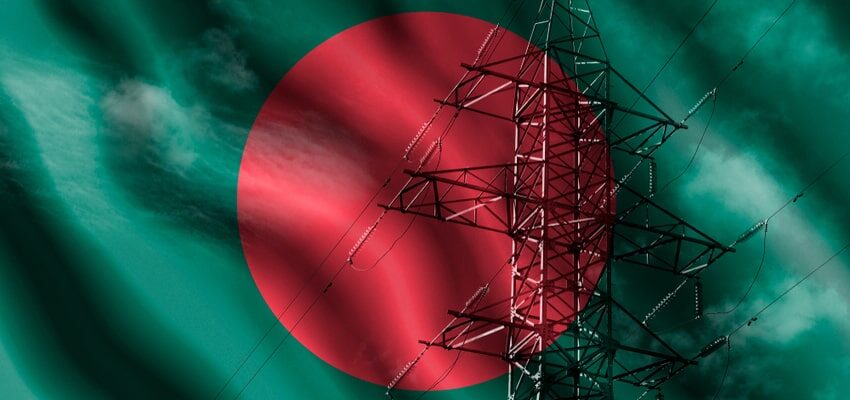Government must attend to Payra power transmission issue early
Thermal power plant of Bangladesh with a generation capacity of 1,320 MW, taken up under a Bangladesh-China joint venture in March 2016, will be completed June.

Bangladesh
Bangladesh, Payra: The largest thermal power plant of Bangladesh with a generation capacity of 1,320 MW at Payra, taken up under a Bangladesh-China joint venture in March 2016, will be completed in June 2020.
The first unit of the plant of 660 MW capacity began its test run in January this year and the second unit of the same capacity is scheduled to be completed this March, with its commercial operation set to begin soon after. But the plant is feared to become a burden on the national economy as the Power Grid Company of Bangladesh failed to lay out the transmission line — a double-circuit line to tackle the events of tripping and ensure a reliable supply — between the plant and the Aminbazar point in Dhaka of the national grid.
Although the Power Grid Company laid out a double-circuit transmission line from the plant up to Gopalganj, it has failed to make use of one of the lines as the Gopalganj substation cannot yet handle any double-circuit line. The double-circuit transmission line between the plant and Aminbazar could be fully laid out in June 2021.
What remains worrying is that the government will need to pay $18.7 M (Tk 1.6 B) a month in capacity charge to Bangladesh-China Power Company, which has implemented the $2.48 B project, if the transmission line cannot be fully laid out before the commercial operation, since half of the power that the plant could produce would not be generated and used. Such a huge amount of money that might be paid in capacity charge to the company will fall on consumers as a burden in the form of power price increase caused by flawed implementation.
The Power Grid Company officials involved in the laying out of transmission line seek to say that they have had a start of the first-phase work delayed by 14 months because of fund constraints which also points to flaws in the implementation process. All such obstacles encountered in implementation stages bring to the failures of the government in project planning. This also shows a predilection of the government for an increase in power generation capacity and not for power transmission and distribution, which has left much of the installed generation capacity unused, with the demand having ranged between 8,000 MW and 13,000 MW against the installed generation capacity of 22,787 MW. The government must, therefore, attend to the problem at hand at the earliest, and clean up its act to stop the power sector development from being lopsided.
Source: New Age





